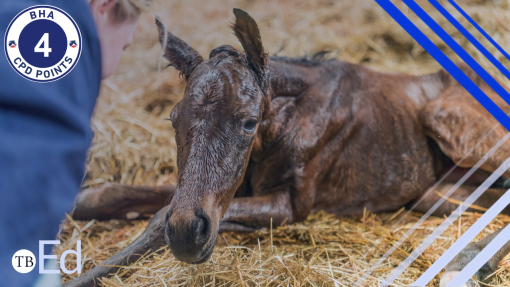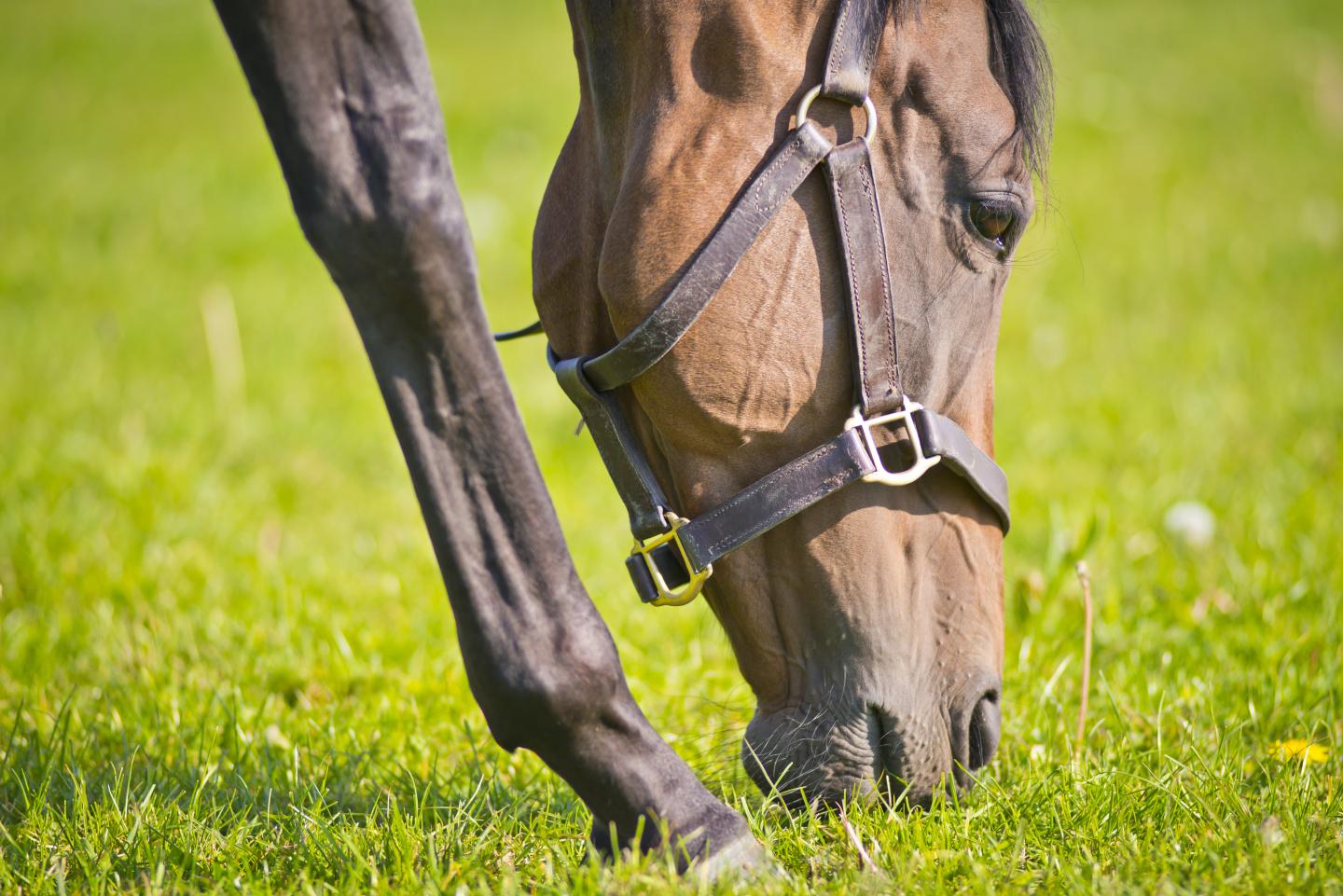Preparing for Foaling

About this course
This course is a must for anyone involved in Thoroughbred breeding, providing foundational knowledge on mare pregnancy, foaling preparation and signs leading up to birth.
With an emphasis on preparation and early detection of potential complications, Preparing for Foaling empowers learners to create a safe and supportive environment for foaling.
Through three in-depth modules, the course will cover the mare’s gestation milestones, facilities and equipment readiness, and an analysis of pre-foaling indicators. There's a short quiz at the end of the course, and a downloadable certificate is available upon successful completion of both course and quiz.
Module One: Gestation Period
This module explores the mare's gestation period, with an emphasis on monitoring her health and readiness as she approaches foaling.
Learners will learn to recognise signs that the mare is reaching full term, evaluate if intervention is needed, and understand why inducing labour is generally avoided in equine care.
This module also considers where longer-than-average gestation may occur and what to look for if a foal is potentially "overcooked."
Module Two: Preparing for Foaling
This module focuses on preparing the physical environment for foaling, including selecting and setting up appropriate indoor spaces.
Learners will learn about foaling alarms and essential equipment like foaling kits and hygiene supplies.
A look at monitoring techniques and the value of veterinary consultation will help learners understand how to handle emergencies, address routine treatments and maintain accurate foaling records. Attention is given to the setup and monitoring techniques that reduce health risks for the mare and foal.
Module Three: Early Indicators of Foaling
This module delves into the physical and behavioural signs that signal an impending birth, covering changes in the mare's body such as udder development, pelvic relaxation and swelling.
Learners will understand how to interpret these signs, differentiate between patterns seen in maiden mares and seasoned broodmares and use testing kits for additional insight.
The module also emphasises the importance of monitoring for "waxing up" or milk production, addressing the necessity of colostrum reserves if a mare runs milk before foaling.
Course details
- Subject:
- Foaling the Mare
